In the world of design, two giants have emerged as leaders in the field: Canva and Figma.
Both offer powerful editing tools for designers and non-designers alike, but which one is right for you and your team members?
In this comprehensive guide, we’ll compare Canva vs Figma, exploring their pricing, features, pros and cons, customer support, and more to help you make an informed decision.
Introduction

As you dive into the world of design tools, you’ll quickly notice that Canva vs Figma dominates the scene.
Both of these platforms are incredibly popular and offer a wide range of features for creating prototypes, designing social media posts, and collaborating with team members.
In this blog post, we’ll break down the differences between Canva and Figma in the Canva vs Figma debate to help you decide which platform is the best fit for your needs.
Canva vs Figma: Overview
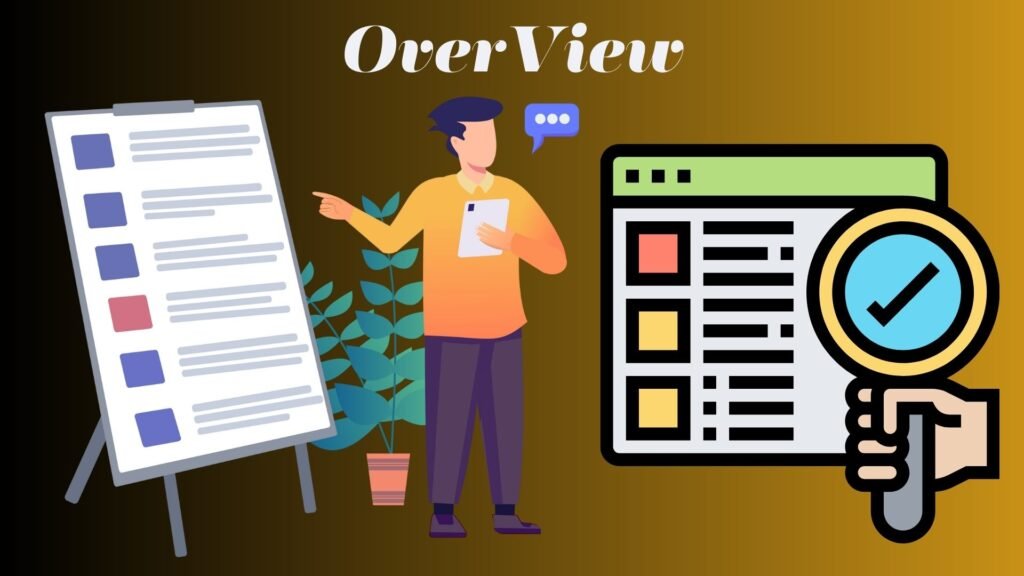
In this section, we will provide an overview of Canva vs Figma, highlighting their main features, target users, and potential use cases for these design tools.
Canva Overview
Canva, in the Canva vs Figma debate, is a user-friendly graphic design tool that allows individuals and businesses to create visually appealing designs for a variety of purposes.
Its drag-and-drop interface and extensive library of templates, images, and graphics make it easy for users of all skill levels to create professional-looking designs.
Canva is particularly popular for creating social media posts, presentations, and marketing materials in the Canva vs Figma comparison.
Key Features:
- Easy-to-use, drag-and-drop interface
- Extensive library of templates, images, and graphics
- Real-time collaboration and team management features
- Integration with various social media platforms
- Cloud storage for easy file management
Target Users:
- Individuals
- Small businesses
- Non-designers looking for a simple design tool
- Social media managers and marketers
Figma Overview
In the Canva vs Figma discussion, Figma is a powerful, cloud-based design tool that focuses on user interface design and prototyping.
It offers advanced editing tools and features, making it ideal for professional designers, developers, and teams working on complex projects.
Figma’s real-time collaboration capabilities, version control, and integration with other design tools make it a popular choice for design teams when comparing Canva vs Figma.
Key Features:
- Robust prototyping features
- Advanced editing tools for professional designers
- Real-time collaboration and team management options
- Wide range of integrations with other design tools and platforms
- Cloud-based platform, accessible from any device with an internet connection
Target Users:
- Professional designers and developers
- Design teams working on complex projects
- Users looking for advanced prototyping capabilities
- Businesses requiring a comprehensive design tool
In summary, when comparing Canva vs Figma, Canva is a user-friendly design tool that caters to individuals and small businesses looking to create visually appealing content.
While Figma is geared towards professional designers and teams working on complex projects requiring advanced editing tools and prototyping capabilities.
Both platforms offer a range of features and capabilities, making them valuable tools for a variety of design needs.
Canva vs Figma: Pricing Comparison

When it comes to pricing, both Canva and Figma offer a range of options to suit different budgets and needs. Let’s compare their plans side by side in the table below:
| Canva | Figma | |
|---|---|---|
| Free | Canva Free | Figma Starter |
| Basic | Canva Pro | Figma Professional |
| Advanced | Canva Enterprise | Figma Organization |
| Special | Canva for Education and Nonprofits | Figma Enterprise & FigJam |
Canva Pricing

Canva offers a free plan that includes over 250,000 templates, making it an excellent choice for individuals looking to create social media posts and other marketing materials.
For those who need more advanced features, Canva Pro and Enterprise plans are available at $9.99 per month and $30 per user per month, respectively.
Canva also offers a special pricing plan for educators and nonprofit organizations, giving them access to premium features at no cost.
Here’s the pricing information for Canva in a list format:
Pricing:
- Free Plan:
- Access to basic features
- Over 8,000 templates
- 100+ design types
- 5GB cloud storage
- Pro Plan ($12.95 per user/month, billed monthly, or $9.95 per user/month, billed yearly):
- Everything in the Free Plan
- Access to 75+ million premium stock images, photos, videos, and graphics
- 100+GB cloud storage
- Custom fonts and colors
- Unlimited folders and team functionalities
- Enterprise Plan ($30 per user/month, billed yearly):
- Everything in the Pro Plan
- Advanced team collaboration features
- Unlimited storage
- 24/7 customer support
- Single sign-on (SSO) and other advanced security features
Figma Pricing
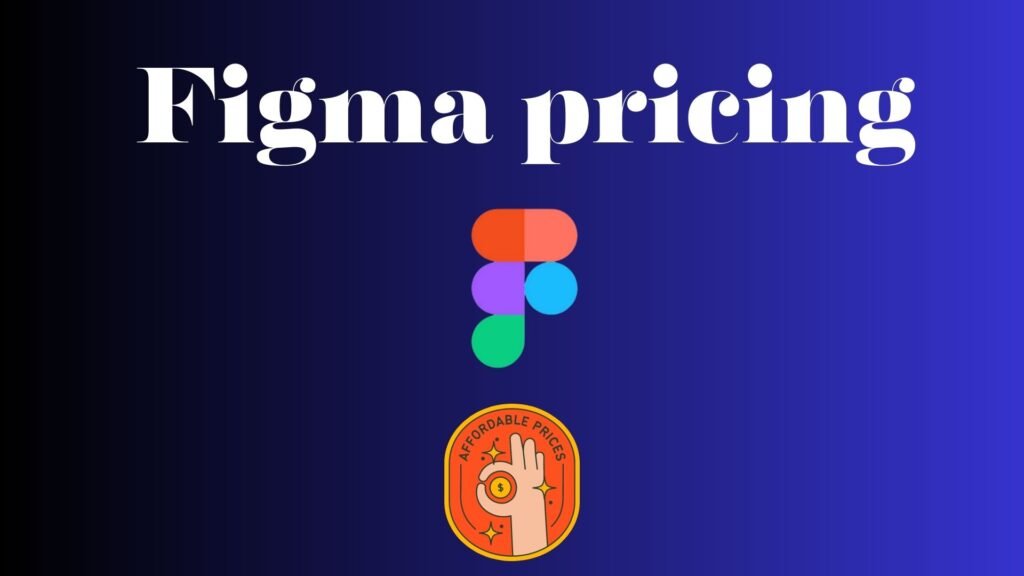
Figma’s pricing structure is a bit different from Canva’s. Their Starter plan is free and includes access to three Figma and FigJam files, making it a suitable choice for individuals and small teams.
Figma Professional, Organization, and Enterprise plans are available for $12, $45, and $75 per editor per month, respectively. Figma also offers discounts for students and educators.
Here’s the pricing information for Figma in a list format:
Pricing:
- Starter Plan (Free):
- Up to 3 projects
- Up to 2 editors
- 30-day version history
- Professional Plan ($15 per editor/month, billed annually, or $20 per editor/month, billed monthly):
- Unlimited projects
- Unlimited editors
- Unlimited version history
- Custom file and user permissions
- Organization Plan ($45 per editor/month, billed annually):
- Everything in the Professional Plan
- Centralized team billing
- Advanced security features
- Design system management
- Single sign-on (SSO)
Please note that these prices were accurate at the time of writing (May 2023). It is always a good idea to check the official websites for the most up-to-date pricing information.
Canva vs Figma: Features Comparison
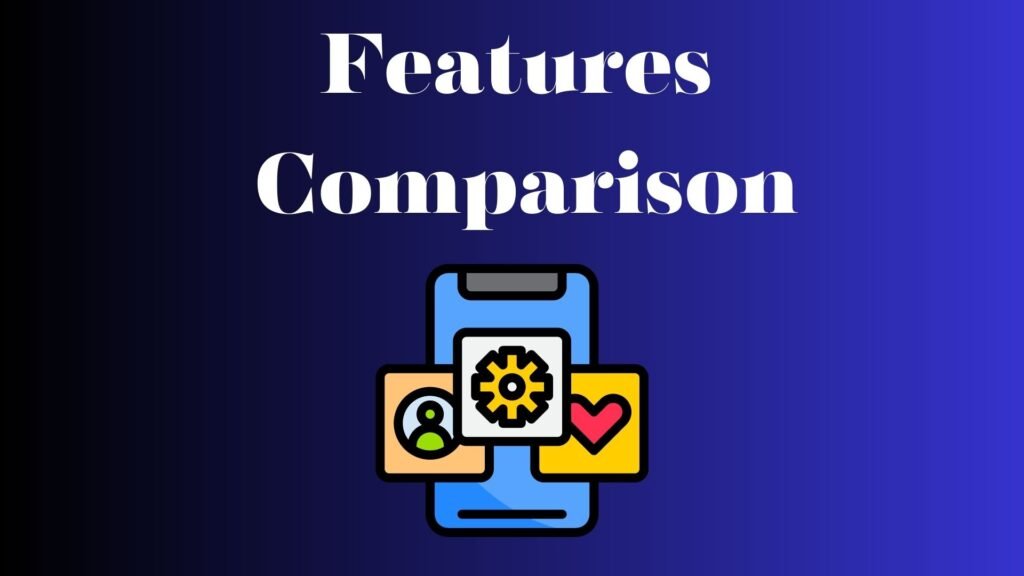
Both Canva and Figma are packed with features that make creating prototypes and social media posts a breeze. Let’s dive into the key features of each platform and compare them in a table format.
| Feature | Canva | Figma |
|---|---|---|
| Design Templates | 250,000+ free templates | Unlimited Figma files |
| Collaboration | Real-time collaboration and commenting | Real-time collaboration, audio conversations, and branching |
| Interface | User-friendly drag-and-drop interface | Advanced user interface with vector-based tools |
| Prototyping | Basic prototyping capabilities | Robust prototyping with animations and transitions |
| Social Media Integration | Schedule content to 8 social media platforms | N/A |
| Version History | N/A | Unlimited version history |
Canva Features
Canva is great for social media posts, presentations, and other marketing materials thanks to its wide range of templates and design types.
The platform’s real-time collaboration features make it easy for team members to work together on projects, while the user-friendly drag-and-drop interface makes it accessible to users of all skill levels.
Canva’s social media integration allows users to schedule content directly to various platforms, streamlining the content creation process.
Figma Features
Figma excels at creating prototypes and complex designs with its advanced user interface and vector-based tools.
The platform offers robust prototyping features, including animations and transitions, which makes it ideal for designers and developers working on intricate projects.
Figma’s real-time collaboration, audio conversations, and version history make it easy for team members to work together and keep track of changes.
Pros and Cons
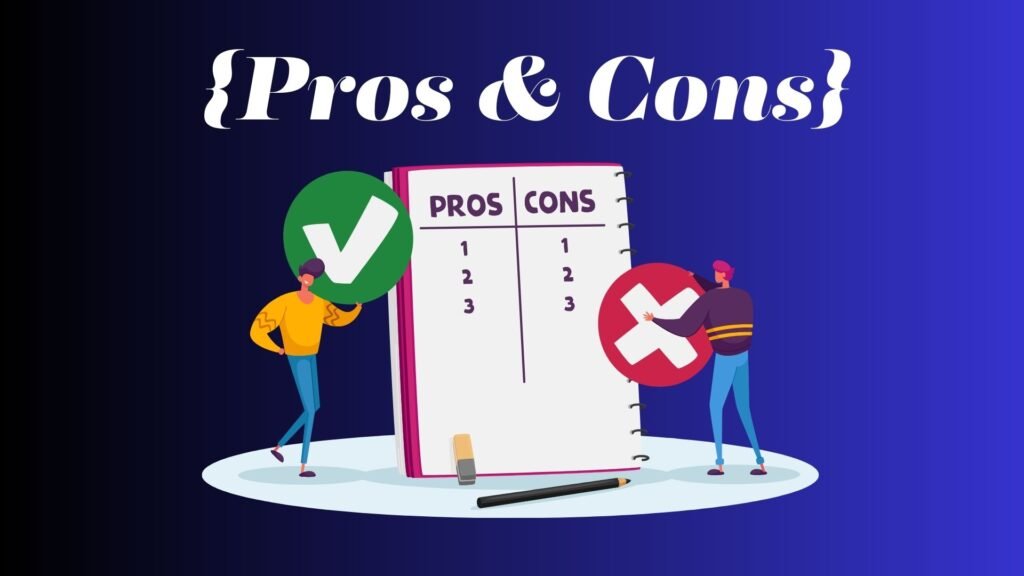
In the Canva vs Figma debate, each design tool has its own strengths and weaknesses. Let’s briefly delve into the pros and cons of both Canva and Figma to better understand their unique offerings.
By examining these aspects, you’ll be better equipped to make an informed decision on which platform best suits your design needs and preferences.
Canva Pros and Cons
- Pros:
- Easy to use, even for beginners
- Extensive template library for various design types
- Affordable pricing, including a free plan
- Integration with various social media platforms
- Cloud storage for easy file management
- Real-time collaboration features
- Canva offer includes access to millions of stock images, videos, and graphics
- Excellent for creating social media posts, marketing materials, and presentations
- Cons:
- Limited prototyping capabilities
- Less advanced editing tools compared to professional design software
- Fewer customization options for advanced users
- Less suited for complex design projects
Canva is great for individuals and small businesses looking to create visually appealing social media posts, presentations, and marketing materials.
Its user-friendly interface and extensive template library make it an accessible option for users with limited design experience.
However, when comparing Canva vs Figma, Canva’s limited prototyping capabilities and less advanced editing tools may not be suitable for professional designers or more complex projects.
With Canva’s wide range of features and capabilities, it’s no wonder that many users turn to Canva for their design needs on various social media platforms.
Figma Pros and Cons
- Pros:
- Robust prototyping features, ideal for complex projects
- Advanced editing tools for professional designers
- Powerful collaboration options, including real-time editing and audio conversations
- Wide range of integrations with other design tools and platforms
- Version history for easy tracking of changes
- Cloud-based platform, accessible from any device with an internet connection
- Free plan available with basic features
- Cons:
- Steeper learning curve, especially for beginners
- Higher pricing for advanced plans, compared to Canva
- Less focus on templates, requiring more design skill
- Not as tailored for social media post creation
Figma, in the Canva vs Figma comparison, is an excellent choice for designers, developers, and team members working on complex projects that require advanced editing tools and prototyping capabilities.
Its powerful collaboration options, including real-time editing and audio conversations, make it ideal for team-based projects.
However, Figma has a steeper learning curve compared to Canva, and its higher pricing for advanced plans may not be suitable for smaller budgets or users who are looking for a more cost-effective design tool.
Getting the help you need when you’re stuck is crucial, so let’s compare Canva and Figma’s customer support offerings.
Customer Support
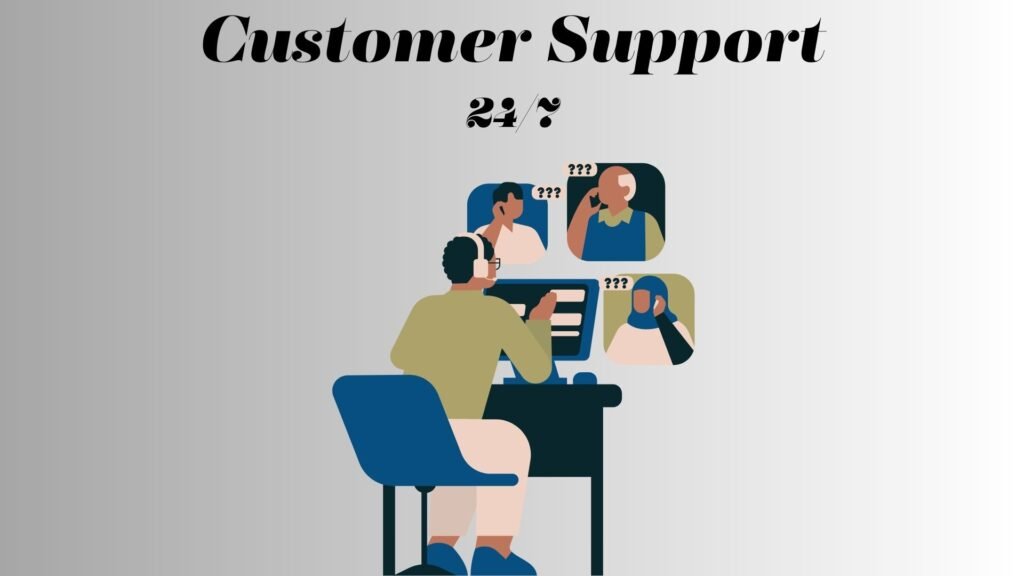
Getting the help you need when you’re stuck is crucial, so let’s compare Canva vs Figma’s customer support offerings to ensure you have the right assistance when working with these design tools.
Canva Customer Support
Canva offers a comprehensive Help Center with articles, tutorials, and a community forum to help users find the information they need when comparing Canva vs Figma.
Enterprise users also receive 24/7 customer support, ensuring they can access assistance whenever they need it, making Canva a reliable choice for businesses with various design requirements
Figma Customer Support
Figma provides a similar level of customer support as Canva, with a Help Center, tutorials, and a community forum available to all users.
Figma also offers enterprise-level support for users on their Enterprise plan.
Exploring Alternatives: Canva vs Figma
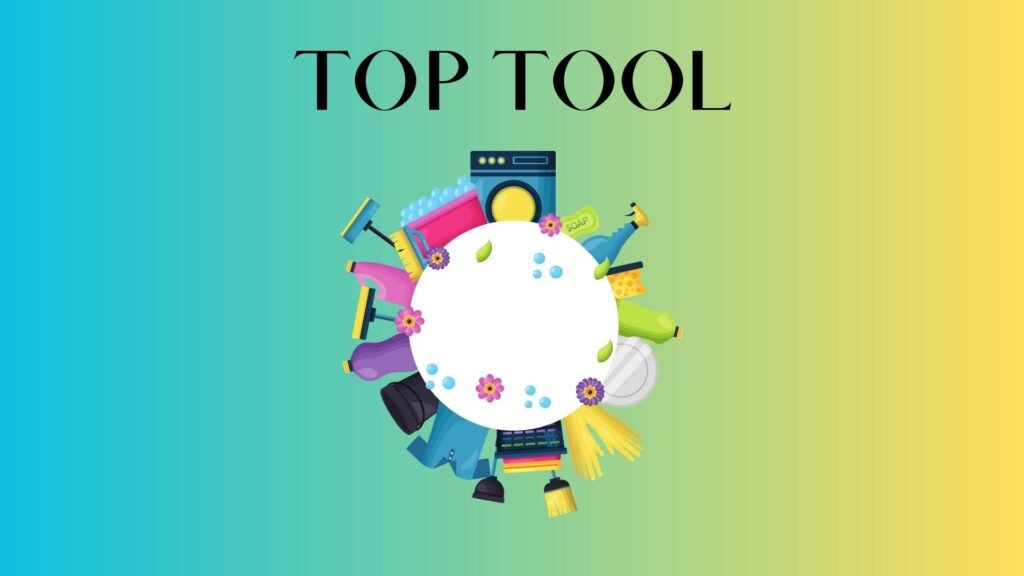
While Canva vs Figma showcases two popular design tools, there are other options available that might suit your specific needs.
Let’s take a look at three alternatives and explore their key features in brief, to help you make a well-informed decision when choosing the right design tool for your projects:
1. Adobe Creative Cloud
Adobe Creative Cloud is a suite of design and editing tools, including Photoshop, Illustrator, and XD.
These industry-standard tools offer advanced features and capabilities for professional designers and teams.
However, the pricing for Adobe Creative Cloud can be quite high, and the learning curve may be steep for beginners.
Key Features
- Advanced editing tools for a wide range of projects
- Industry-standard software for professional designers
- Integration with other Adobe products and services
- Cloud storage and collaboration options
2. Sketch
Sketch is a design tool primarily focused on user interface design and prototyping for Mac users.
It offers a range of features for creating and managing design projects, as well as collaboration options for team members.
Sketch’s pricing is more affordable than some other design tools, but it is only available for macOS, limiting its accessibility.
Key Features
- User interface design and prototyping capabilities
- Collaboration options for team members
- macOS-exclusive platform
- Affordable pricing plans
3. Gravit Designer
Gravit Designer is a versatile design tool that can be used for creating social media posts, illustrations, and user interfaces.
It offers a user-friendly interface and a range of features, making it suitable for both beginners and experienced designers.
Gravit Designer has a free version with limited features, and a Pro version with more advanced options.
Key Features
- Wide range of design capabilities, from social media posts to user interfaces
- User-friendly interface suitable for beginners
- Free version with limited features
- Pro version with advanced options at an affordable price
Check out our other Blogs
Jasper AI
Final Thoughts: Canva vs Figma
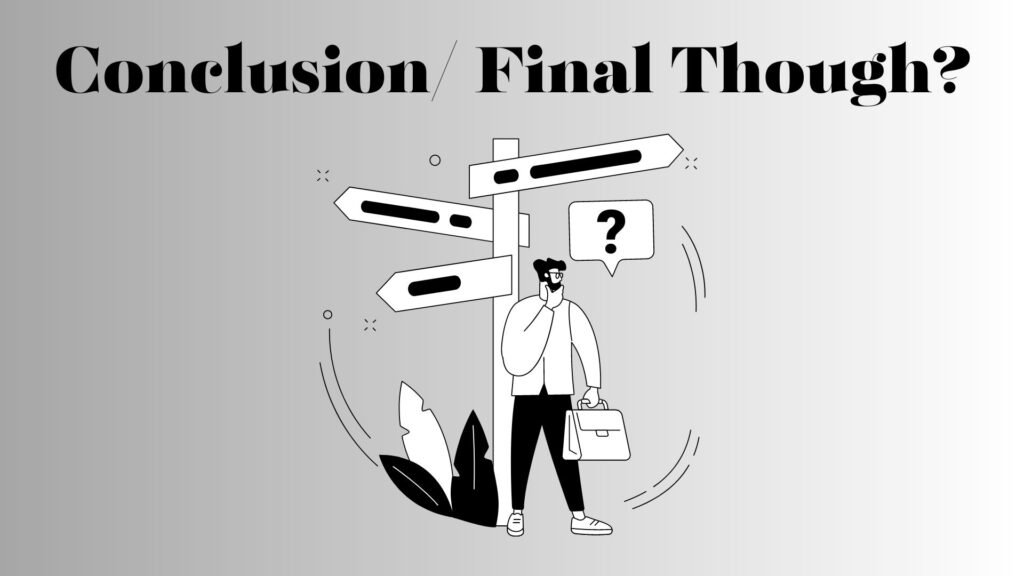
Now that we’ve delved into the key aspects of Canva and Figma, it’s time to determine which design tool is the ideal fit for your requirements.
Canva vs Figma highlights two outstanding design tools; however, there are also alternatives like Adobe Creative Cloud, Sketch, and Gravit Designer worth considering, based on your unique needs and preferences.
Invest some time in exploring each tool’s features, pricing, and capabilities to find the perfect match for your creative projects, ensuring you make a well-informed decision about the most suitable design platform to meet your needs.
Canva: The Social Media and Non-Designer’s Choice
If you’re searching for a user-friendly design tool to create eye-catching social media posts, presentations, and other marketing materials, Canva is an excellent choice in the Canva vs Figma debate.
With its wide range of templates and drag-and-drop interface, Canva is great for beginners and non-designers alike.
Plus, it offers affordable pricing options, making it accessible to individuals and small businesses, ensuring it remains a popular choice for users on various social media platforms.
Figma: The Designer’s and Prototyping Powerhouse
For those who require advanced editing tools and prototyping capabilities in the Canva vs Figma comparison, Figma is the way to go.
It’s ideal for designers, developers, and team members working on complex projects that require real-time collaboration and version control.
Although Figma has a steeper learning curve and higher pricing for advanced plans, its robust feature set makes it a valuable investment for professionals in the design industry, especially for those creating prototypes and collaborating on user interface projects.
Conclusion
In conclusion, the choice between Canva and Figma in the Canva vs Figma debate comes down to your specific needs and preferences.
Canva is perfect for creating visually appealing social media posts and marketing materials, while Figma is geared toward professional designers and prototyping.
Whichever platform you choose in the Canva vs Figma comparison, you can be sure that you’re using a powerful design tool that will help you bring your creative visions to life.
